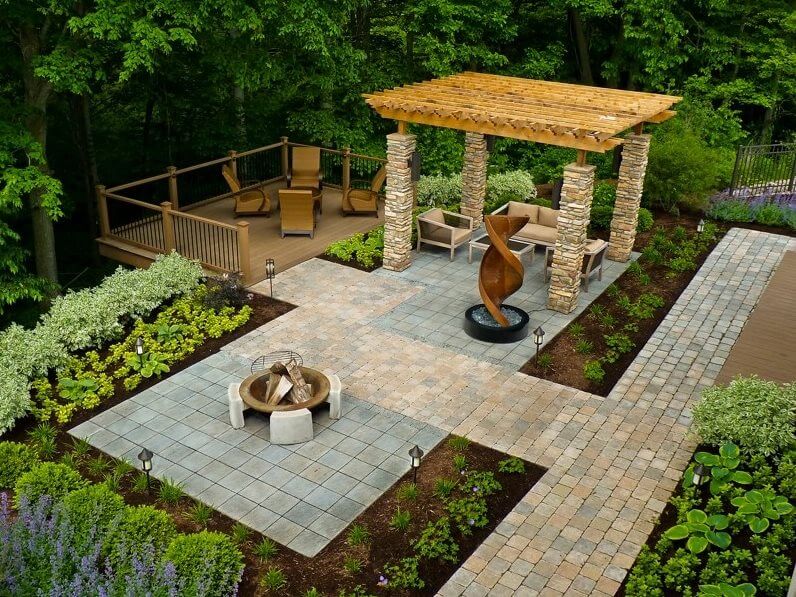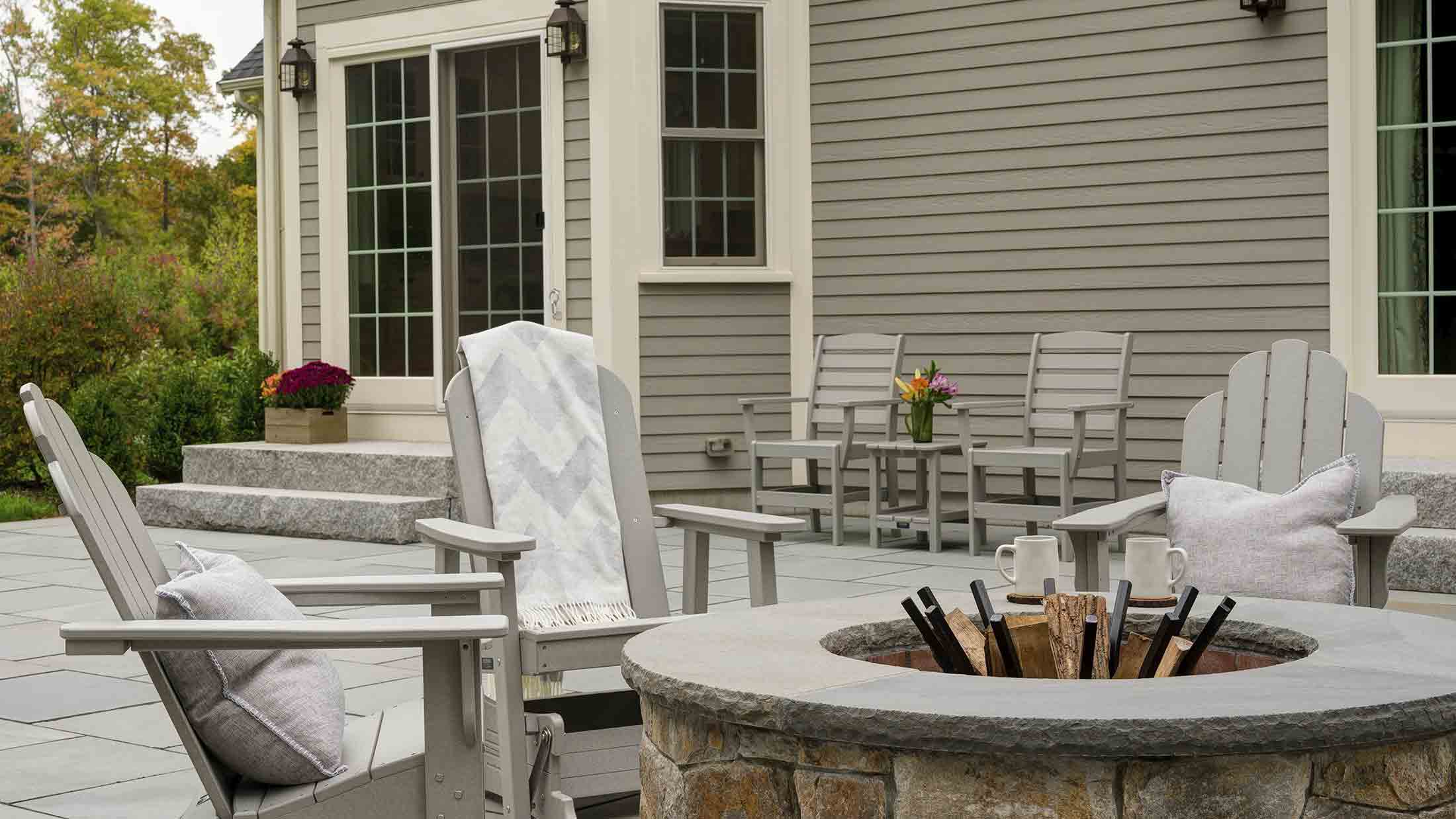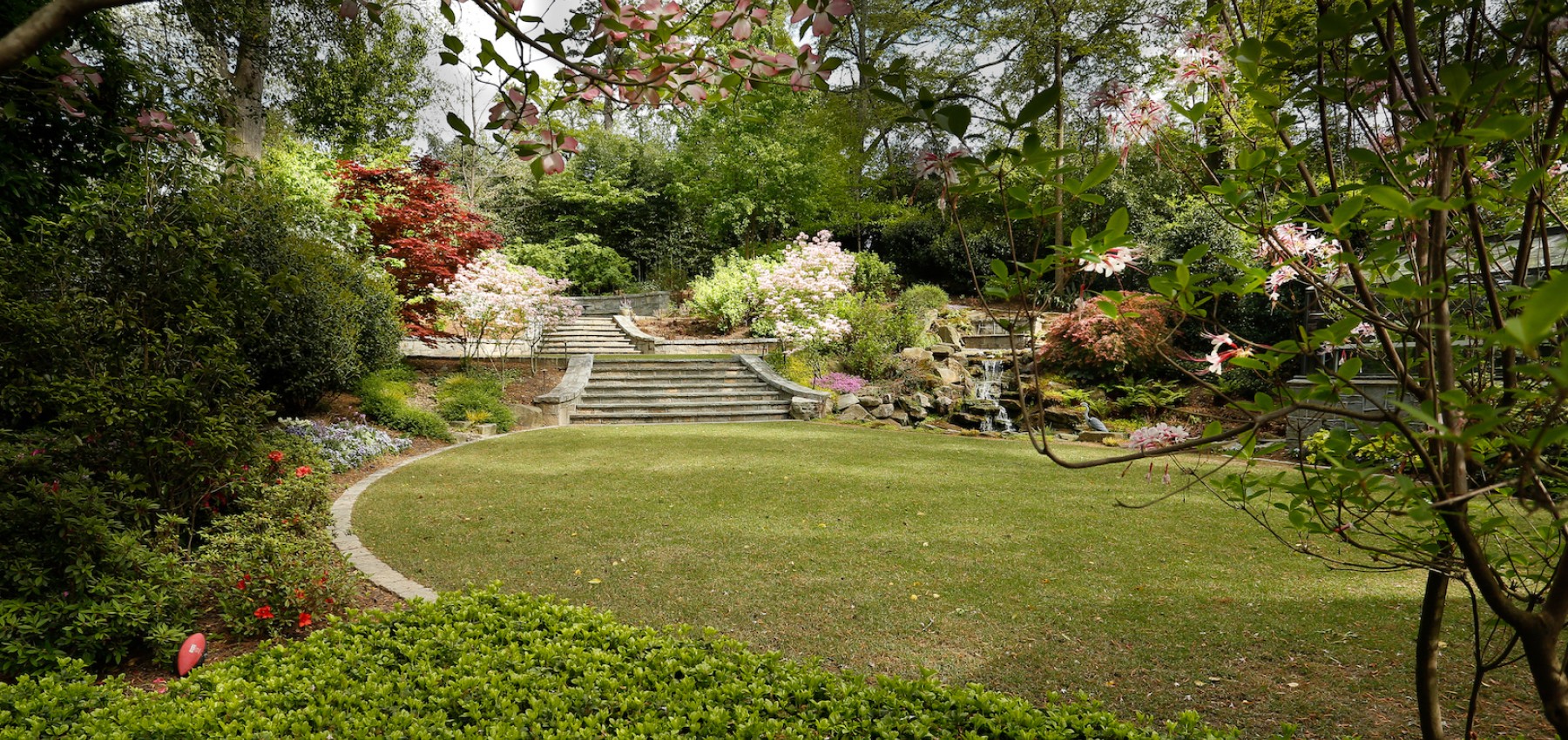The Ultimate Guide To Landscapers
The Ultimate Guide To Landscapers
Blog Article
7 Easy Facts About Landscapers Described
Table of ContentsNot known Details About Landscapers The 30-Second Trick For LandscapersHow Landscapers can Save You Time, Stress, and Money.Landscapers Things To Know Before You BuyThe 5-Second Trick For Landscapers
In the PNW there are semi-deciduous or semi-evergreen plants that may shed their fallen leaves depending on how cool the winter months is. - A level event space, made of timber or composite product (made to look like wood), normally nearby or attached to a framework.

- Granite that is weathered to the point that it is an extremely great accumulation. This is an all-natural procedure, and the outcome can be utilized for courses and patios. Decomposed granite is often described as DG. It is particularly useful in contemporary landscapes. - Trick landscape attributes being suggested in a landscape layout strategy.
The Best Strategy To Use For Landscapers
These goals lead the style process, not the developer's design or choices. Common layout goals in Portland are reduced maintenance, dry spell forgiving, and pet friendly.
Nonetheless, gradually this layer can get very thick and make it tough for water, sun, and nutrients to reach sections of the grass.- The procedure of collecting and regulating the flow of water on a residential or commercial property. This can be finished with grading, French drains pipes, dry wells, absorptive surfaces, sump pump, rain yards, and much more.
- A sluggish feeding watering system that makes use of adaptable tubing and emitters to send out a specific amount of water to each plant. - The ability of a plant to make it through without much summer season water.
- A garden feature where water is represented by an accumulated rock product, typically a crushed rock or granite. These are most commonly found in modern and Japanese garden style.- A rock or natural flagstone patio, path, or pathway constructed without a concrete base. The base would be compressed crushed rock and the joints would certainly be an aggregate or walkable ground cover.
A Biased View of Landscapers
- A stone retaining or cost-free standing wall constructed without the use of mortar. - A below ground framework that gather water and allows it to reduce percolate right into the soil around it.
Landscape design that is compatible with a websites' environment in both appearance and sustainability without adverse impacts to the setting. Edging look at this site in the landscape is a line of demarcation that develops aesthetic interest in the garden by dividing one segment from one more section.
Locations can also have a feeling of "enclosure" offered by trees, other plantings, fences, or screens. The landscape near the access to a structure.
A plant that is foreign to the area where it will certainly be grown. Not all "exotics" are intrusive or harmful, and many can be well behaved or dry spell forgiving (Landscapers). A mass planting of ferns. Thicker bladed turf yard that spread out using rhizomes.: The degree of soil on your property prior to bark dust or garden compost is spread out.
Not known Facts About Landscapers

The objective, reason, or activity that a location is be landscaped for. Staircases operate, for instance, to allow foot web traffic backwards and forwards a slope. Area for expanding plants for seeing, consuming, or exercise. A roofed building utilized over an exterior gathering area. The growing of a seed, possibly describing a grass that is being grown from seed.
Low plants that are enabled or motivated to spread out over a location. Can refer to any kind of "tough" yard components consisting of statuary or rocks however a lot of commonly is used to refer to paths, patios, and walls.: Height difference in between the degree of water in a fish pond (or the degree of the pump if it sits outside the fish pond) and the upper electrical outlet of water which impacts efficiency of the water pump in gph (gallons per hour).

More About Landscapers
An even more kicked back garden controlled by curved rather than straight bed lines get redirected here and a much less rigid framework. Traditional PNW landscapes are informal. A plant that spreads out more than wanted, or into environments where it does damages. Portland has a listing of invasive plants that should not be set up in landscapes due to the fact that they can infect woodlands or rivers and be challenging to regulate.
Smart irrigation controller testimonials and recommendations right here. 2-D making of the recommended irrigation system. Can include head positionings and coverage, pipe sizing, GPM specs, and products required to mount this system. An irrigation plan is typically unneeded for residential homes yet prevails for commercial projects. Certified expert that makes landscapes, schooled in design and architecture as well as in gardening.
The expert who intends and creates landscape tasks, generally at a residential or small commercial level with the major design inspiration on plantings. Landscape designers normally have much less schooling than Landscape Architects and are not accredited. A finished landscape style, outlining all aspects for the new landscape. This usually takes the form of an illustration theoretically.
A water tight HDPE product utilized underneath fish ponds, streams and waterfalls in water functions. Using lots of plantings of the very same range to fill in a location in the landscape.
Report this page